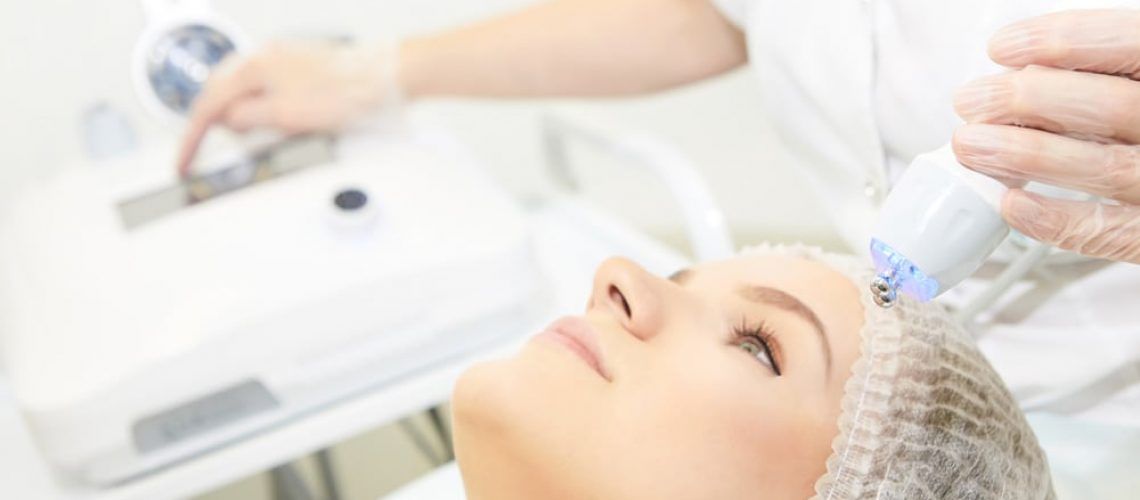What does it mean to resurface the face?
Resurfacing the face is the use of some device or chemical (i.e. chemical peel) to remove the top layer of skin so that when the skin heals, it heals in a more uniform manner. The most common devices used to resurface are lasers such as the CO2 (carbon dioxide) laser and the most common chemical peels consists of trichloroacetic acid or TCA. Both laser resurfacing and chemical peels can help with fine wrinkles especially around the eyes and mouth and both can help lessen sun spots/brown spots.
What kind of pain can I expect with facial resurfacing?
Both the laser resurfacing and chemical peel are uncomfortable and will require numbing medication if these are done in the office. Typically, laser resurfacing will be a little more painful than a chemical peel as there is some heat generated with the laser. With the numbing medication and some light sedation, most patients tolerate these procedures well.
What kind of downtime can I expect?
There is minimal pain after the procedure, however you can expect some peeling of facial skin over the first week. There can be redness up to 2-3 weeks after the procedure. During this healing period, it is imperative that you stay out of the sun and use sunscreen when outdoors.
What kind of results can I expect?
This is dependent on your skin type and the severity of the age-related changes to the skin. Facial resurfacing can help even out some of the skin irregularities such as fine wrinkles (especially around the eyes and mouth) but also some of the color disparities (i.e. brown spots or sun spots). The more of these changes that your skin possesses the greater the improvement. If your skin does not have a lot of age-related changes, then you may be better off following a good skin care regimen with regular mild chemical peels that our aesthetician can perform. The best way to learn about the possible ways that resurfacing can improve your face is to come in for a consultation!
What kind of skin types can be resurfaced?
Skin types can be classified into six categories where type 1 is the lightest skin type and is usually a person that is always pale, never tans, and always burns. Type 6 is a person with dark brown skin, tans easily, and never burns. Usually types 1 and 2 are the best for resurfacing procedures as there is less risk. Persons with darker pigment are not ideal for traditional resurfacing procedures (laser or chemical peel) as there is a higher chance for hyperpigmentation (increasing the pigment) after the procedure.

